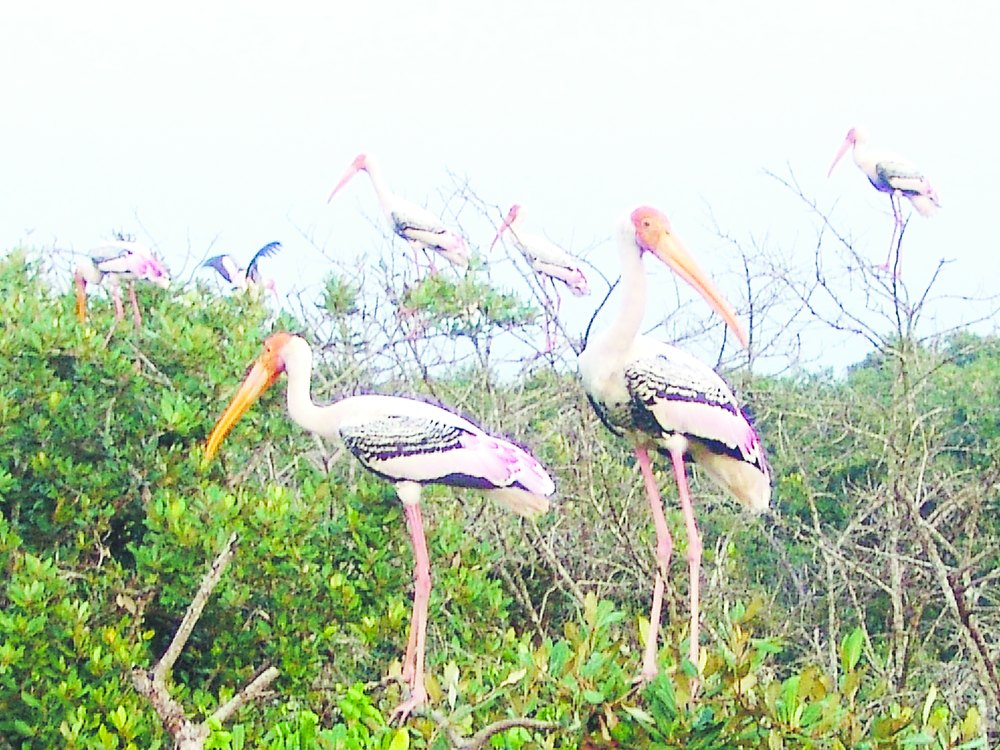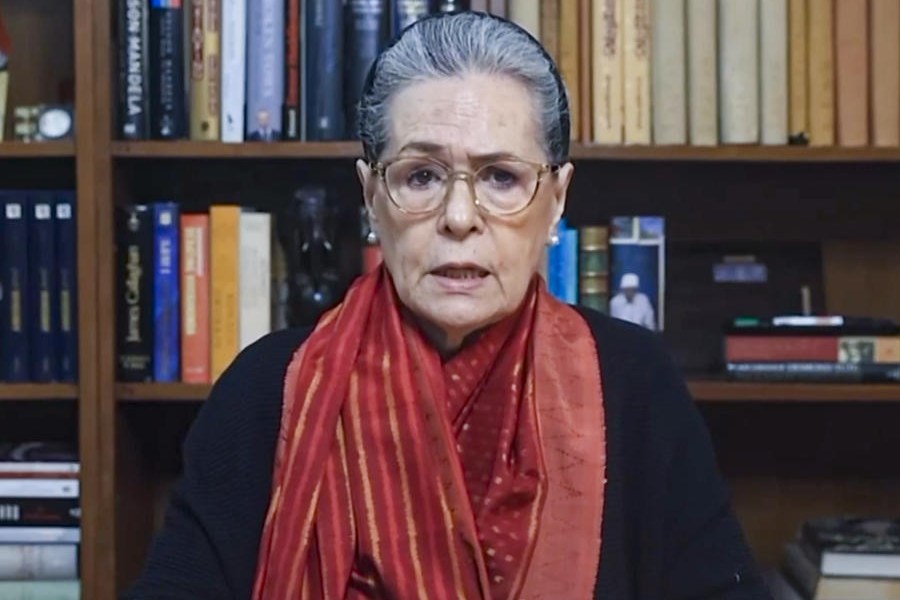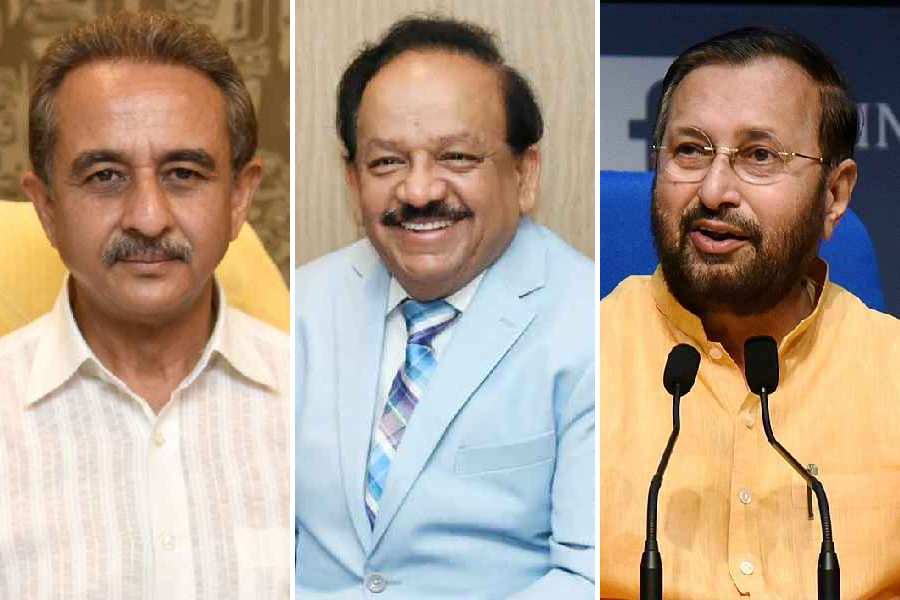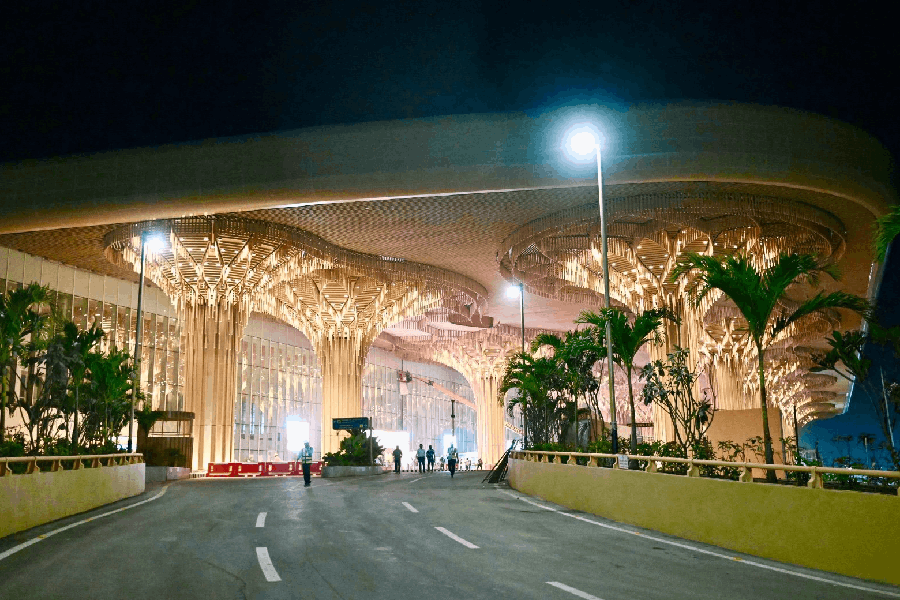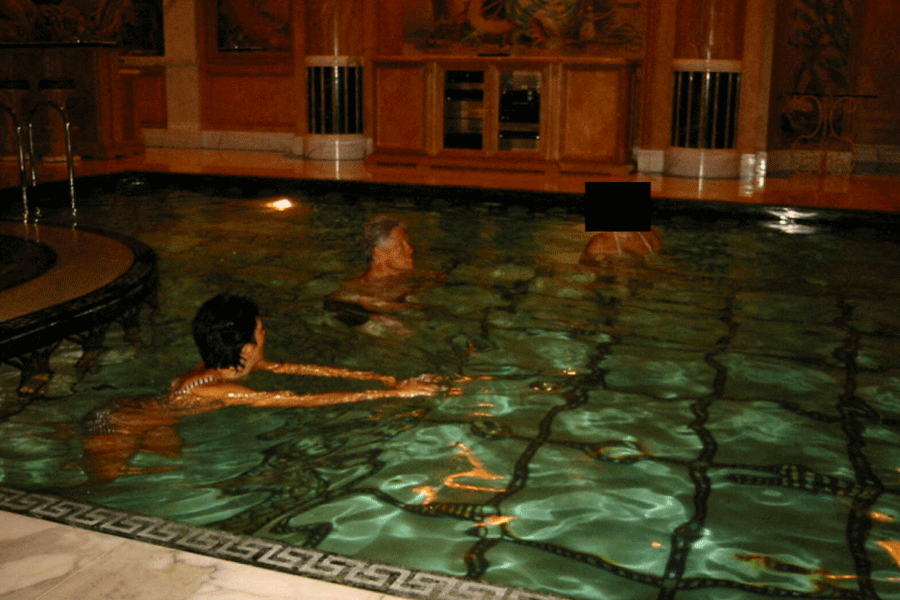
Kendrapara, Aug. 25: The wetland sites in the Bhitarkanika National Park have registered a marked rise in the number of monsoon birds.
As against 91,545 birds spotted last year, 96,437 were counted making the Bhitarkanika wetland spots their nesting sites this year.
With this, the national park has once again re-established its place in the state as one of the congenial heronries for the migrant water birds. There has been a steady rise in the number of local water birds, which thronged the heronry and wetland spots here for their seasonal sojourn.
The break-up of local migrant birds arriving here in the past few years is 52,096, (2007), 71,383 (2008), 70,484 (2009), 41,168 (2010), 59,973 (2011), 70,105 (2012), and 79,548 (2013).
"As the monsoon was erratic this time, we expected less number of local migrant birds to visit the site. But, we have been proved wrong. Local migrant birds visited in large numbers," said Rajnagar mangrove (wildlife) forest division officer Bimal Prasanna Acharya.
The onset of monsoon had triggered the birds' arrival along the marshy wetland spots. As the spell of rain was not uniform, their arrival was, however, delayed this time.
Prominent among the species arriving here for nesting are grey heron, purple heron, darter, cormorant, large egret, intermediary egret and little egret.
"The birds' habitat spread across around four hectares. They wing their way in and around the water bodies adding to the scenic beauty of the place. There is ample food for the birds as the place, criss-crossed by innumerable water inlets and nullahs, is free of human interference," said Acharya.
Lack of human interference, ideal climatic condition, cool breeze and the river system - all have attributed to make the spot a the congenial heronry for the winged guests.
Noted ornithologist Salim Ali made a chance-discovery of the birds' habitat in Bhitarkanika while on a casual visit to the forest in 1981.
Forest personnel said that over a dozen types of local residential birds congregated at the Bagagahana heronry for nesting and breeding every year.
The species are open bill stork, little cormorant, intermediary egret, large egret, little egret, purple heron, grey heron, night heron, darter, white ibis and cattle egret.

